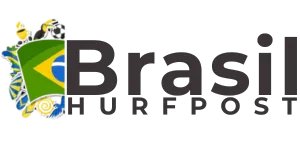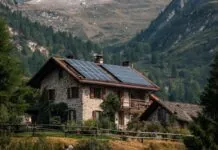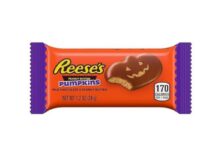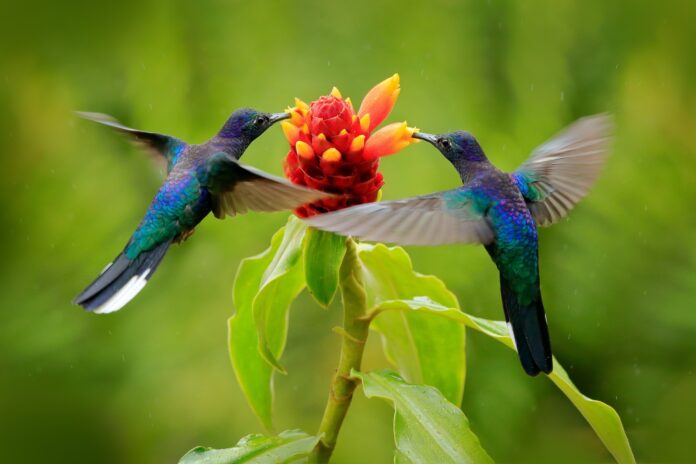
Have you ever watched a hummingbird hover in the air, wings moving so fast you can barely see them, and thought about how magical it would be to see that in your own yard? The truth is, you do not need anything complicated to invite them in.
You only need the right flowers. Some blooms draw hummingbirds like magnets, while others get ignored completely. If your goal is to fill your garden with color, movement, and a little spark of life, it all comes down to planting the flowers they love most.
In the sections below, we will walk through groups of flowers that are proven favorites for hummingbirds. You will see everything from simple garden flowers you can pick up at any nursery to bigger bushes and wild blooms that bring even more life to your space.
Long Tube or Trumpet Flowers

Hummingbirds are built for flowers with long tubes. Their beaks and tongues fit perfectly inside, so they can reach the nectar with ease.
If you want a sure way to see them visit your garden, trumpet-shaped blooms are a safe choice.
They also bring strong color and a bold look to your yard, which makes them enjoyable for people as well as birds.
1. Trumpet Creeper
A fast-growing vine with bright orange-red flowers that almost look like flaring trumpets. It climbs on fences, walls, or trellises and creates a dramatic show.
Hummingbirds cannot resist the shape and rich nectar inside each bloom.
2. Trumpet Honeysuckle
Unlike the invasive Japanese honeysuckle, trumpet honeysuckle is a friendly option that stays under control.
Its red tubular flowers open in clusters and bloom steadily through warm months.
It not only attracts hummingbirds but also adds fragrance.
3. Coral Honeysuckle
This variety stands out with coral-pink flowers that appear in long tubes. It grows as a vine and thrives when given sturdy support.
4. Firebush
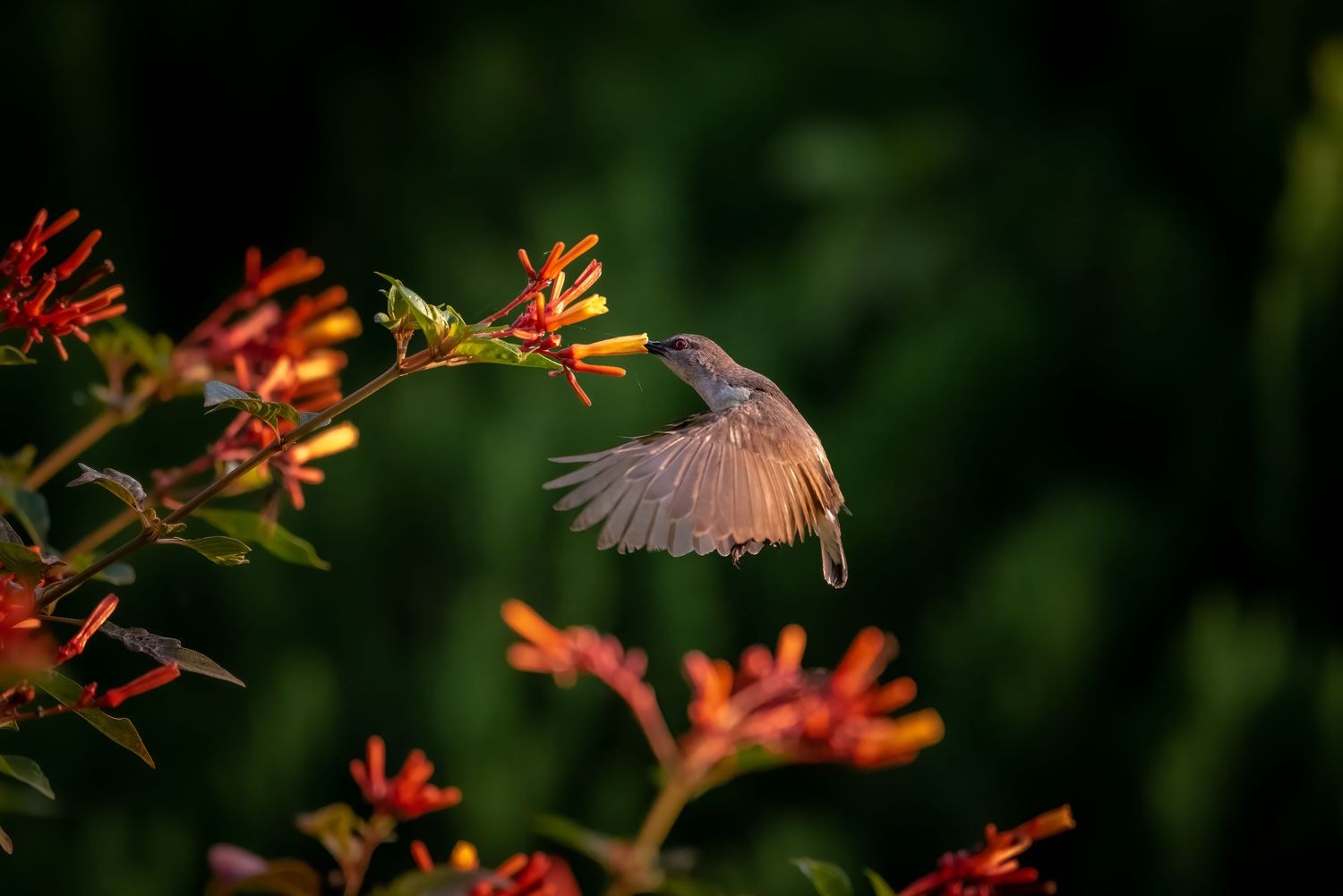
A tropical shrub that glows with clusters of bright red-orange flowers. It thrives in heat and sunlight, so it is perfect for warmer climates.
Once established, it keeps blooming for months and keeps hummingbirds coming back.
5. Firecracker Plant
Thin, arching stems covered with dozens of small red tubular flowers. From a distance, the blooms almost look like bursts of sparks, which explains the name.
It is a favorite for hummingbirds that visit often to sip from the many flowers it produces.
Common Wildflowers
Wildflowers feel natural and simple, yet they can transform a garden into a lively scene.
They are easy to grow, often tough enough to handle different conditions, and they bloom with color that draws attention fast.
Adding them makes your yard look less staged and more alive, which is exactly what many people want.
6. Bee Balm
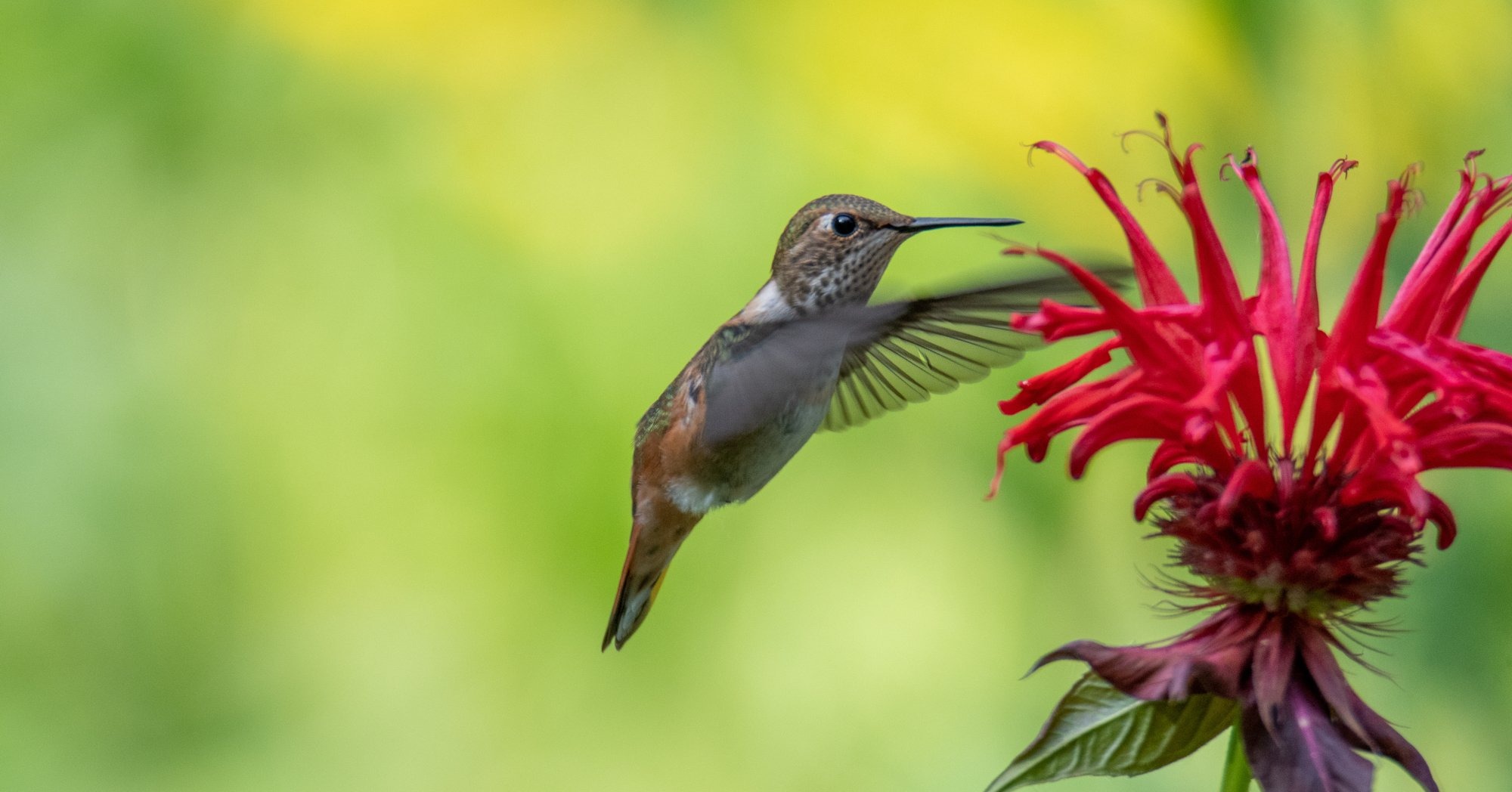
Bright, shaggy flowers in shades of red, pink, and purple. It spreads quickly and can fill a corner of your yard with color.
The blooms last long, and the plant itself has a light, minty fragrance.
7. Cardinal Flower
Tall spikes covered with scarlet red flowers that appear in mid to late summer. It prefers moist soil and can grow near ponds or damp spots in the yard.
The rich color makes it one of the most eye-catching wildflowers.
8. Lupine
A classic with tall stalks packed with pea-like flowers in blue, purple, or pink. It looks almost like a candle flame when in bloom.
Lupine improves soil quality by adding nitrogen, so it benefits the garden beyond its beauty.
9. Jewelweed
Soft orange or yellow flowers with small red spots. It often grows wild in damp, shady areas and can self-seed easily once established.
The name comes from the way water beads up on the leaves like shining jewels.
10. Paintbrush
Spiky flowers that glow in red or orange shades, almost as if they were dipped in paint. It thrives in open spaces and can handle tough conditions.
The striking colors always stand out in a mix of green.
Coneflower Types
Coneflowers bring steady color and strength to a garden. They thrive in the sun, handle poor soil, and keep blooming through the hottest months.
It is common to see butterflies and even hummingbirds drift over to them, drawn by their bright colors and rich centers.
16. Echinacea
Large purple petals with a bold, spiky center. It grows tall and tough, asking for very little care.
A patch of echinacea can last for years and keep a garden looking full.
17. Purple Coneflower
The most familiar variety with purple petals that arch downward around a copper-brown cone.
Plant them in clusters for a strong impact that hummingbirds and people both notice quickly.
18. Black-eyed Susan
Golden yellow petals with deep brown centers that bloom late into summer.
19. Coreopsis

Compact flowers with sunny yellow petals.
They bloom in waves through summer, even in dry spots, and keep borders glowing with color.
Flowering Bushes
Bushes can do more than frame a garden or fill empty corners. Many of them burst with flowers that last for weeks, bringing color and structure at the same time.
When they bloom, they become natural gathering spots for butterflies and hummingbirds, turning the whole yard into a lively scene.
20. Butterfly Bush
Tall and arching, with long clusters of purple or pink flowers.
It grows quickly and fills the air with sweet fragrance, making it one of the easiest plants to add for instant appeal.
21. Lantana
View this post on Instagram
Clusters of tiny flowers that change color as they mature, shifting from yellow to orange or red.
The mix of shades gives it a playful look that brightens borders and pathways.
22. Lavender
Soft purple spikes with a calming scent that spreads on warm days.
23. Four o’clock
Named because the blooms open late in the day and release a sweet fragrance through the evening.
24. Chalk Dudleya
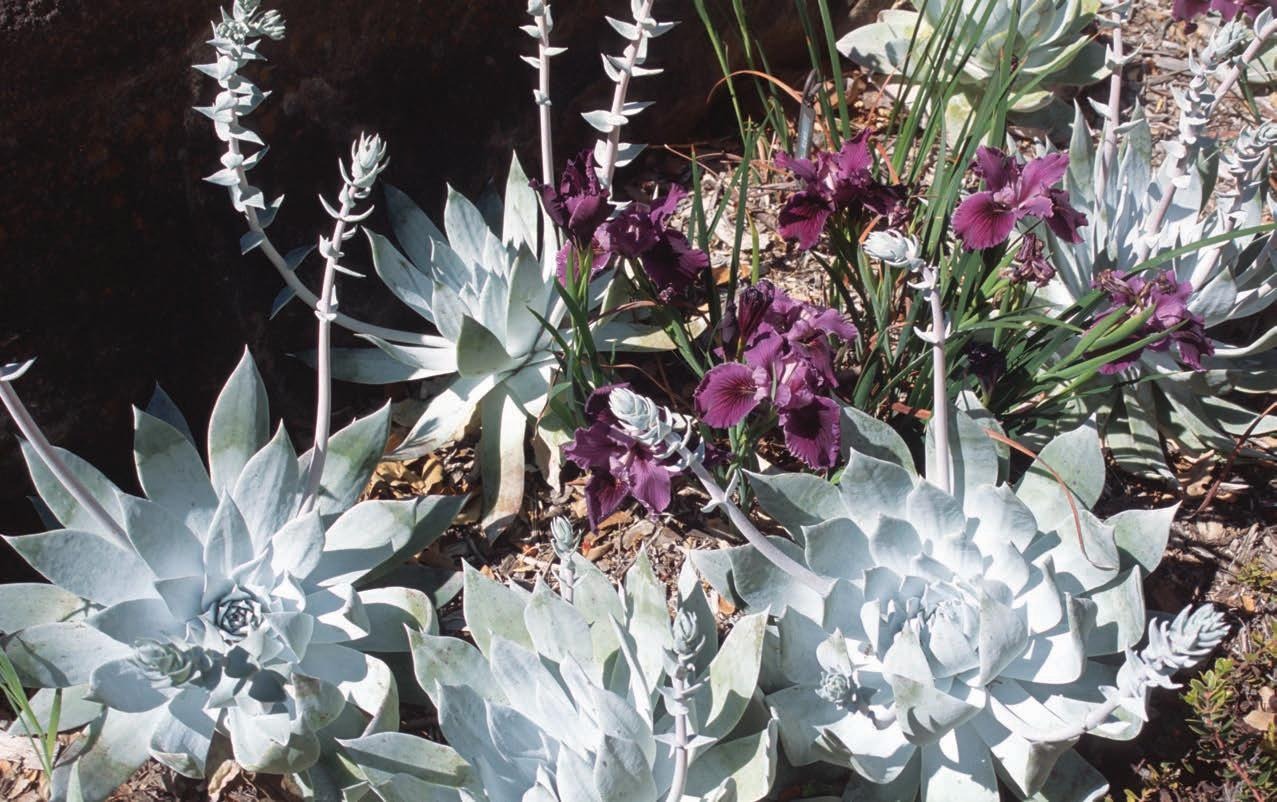
A unique succulent with silvery leaves and striking red flowers. It thrives in dry soil and looks striking against stone or gravel gardens.
When in bloom, hummingbirds find it quickly and return often.
FAQ
Where Do Hummingbirds Live?
Hummingbirds live across the Americas. They can be found from Alaska down to South America, with the largest variety in tropical regions.
Where Do Hummingbirds Go Over Winter?
Most species migrate south when the weather turns cold. Many head to Central America or even farther, then return in the spring.
How Fast Do Hummingbirds Flap Their Wings?
Their wings beat extremely quickly, often between 50 and 80 times per second, which creates the humming sound.
What Do Hummingbirds Eat Besides Nectar?
They also eat small insects and spiders. The protein helps them stay strong and active.
How Long Do Hummingbirds Live?
On average, they live three to five years, though some can survive longer with good conditions.
Final Thoughts
Hummingbirds move like sparks, quick and bright against the air. The flowers you choose can turn your yard into a stage for their flight.
Each visit is brief, but it leaves a trace of energy that makes the garden feel alive long after they are gone.
